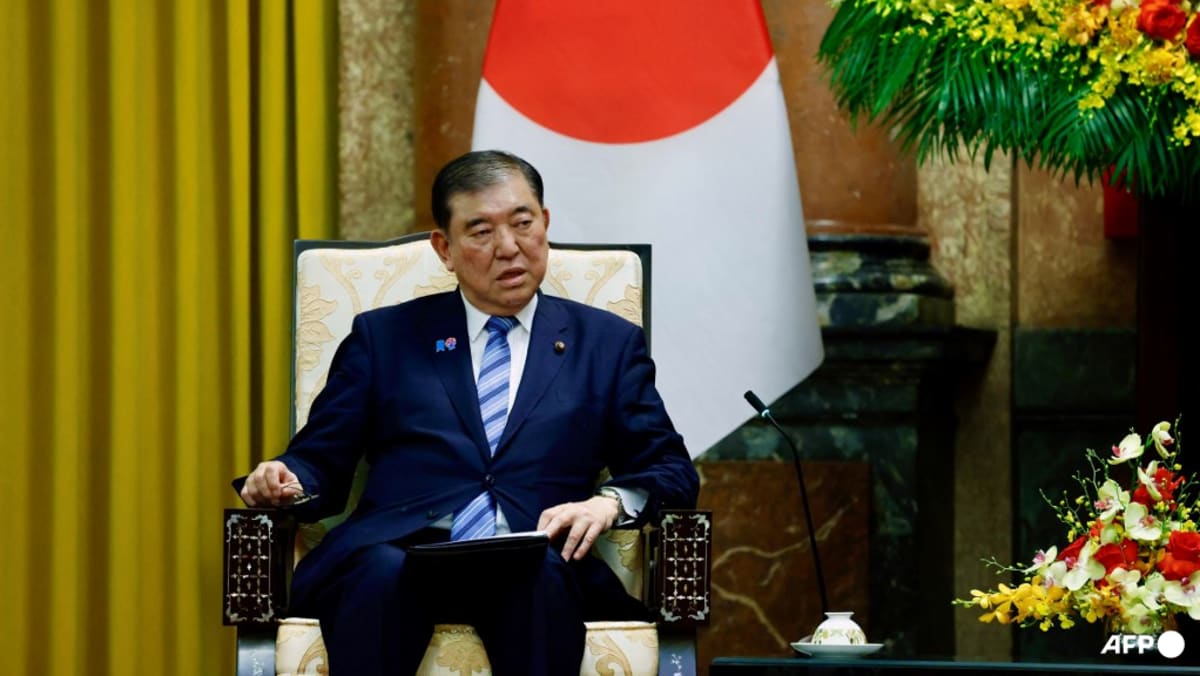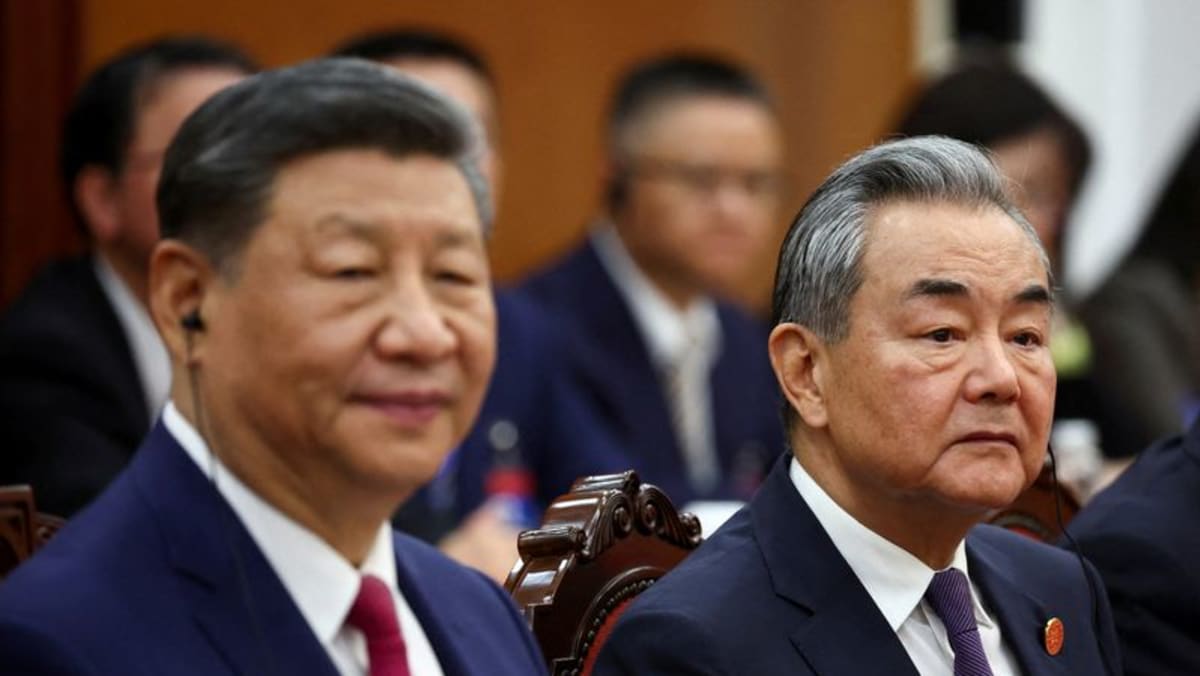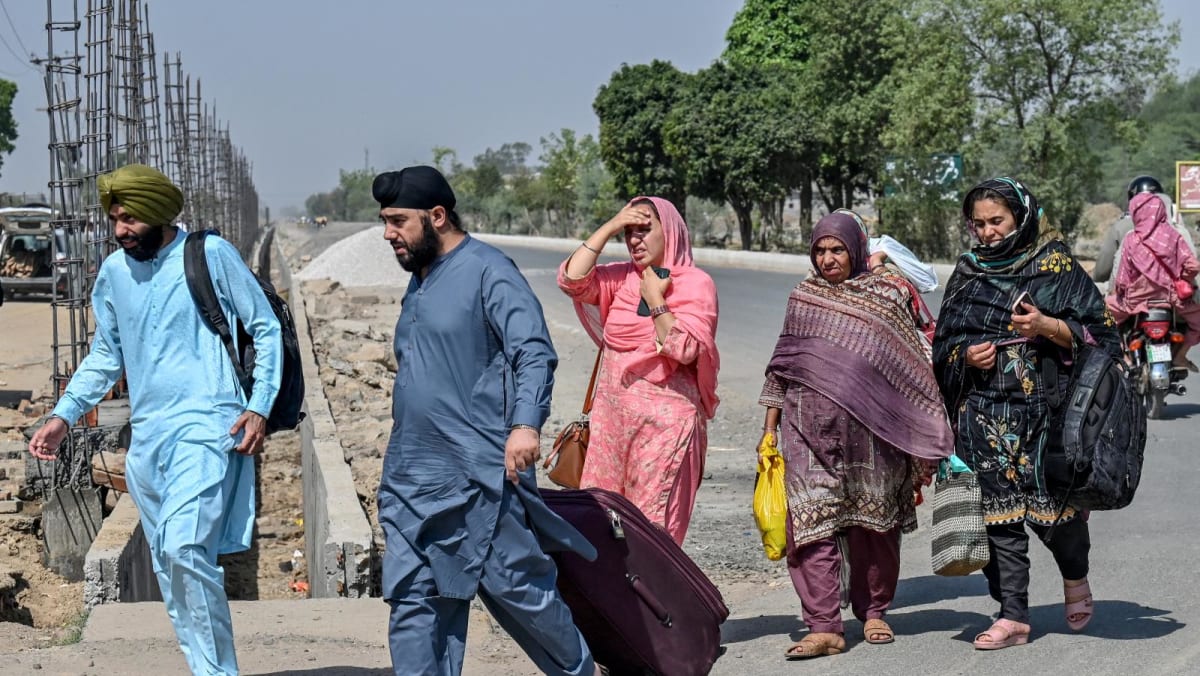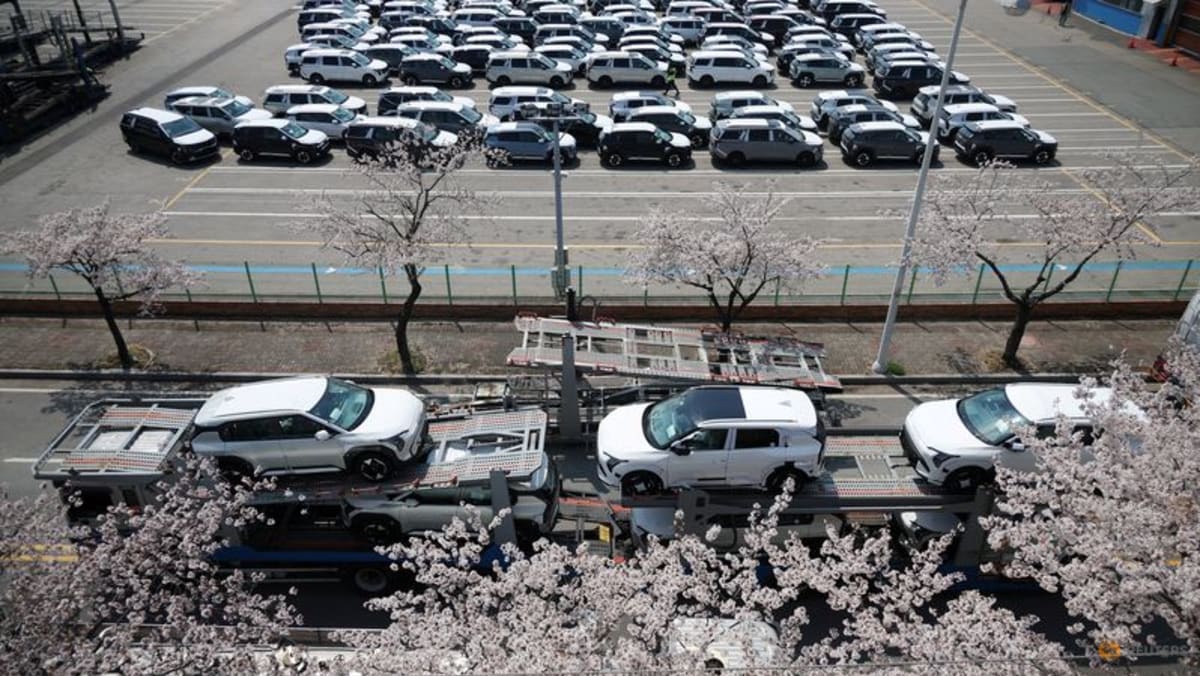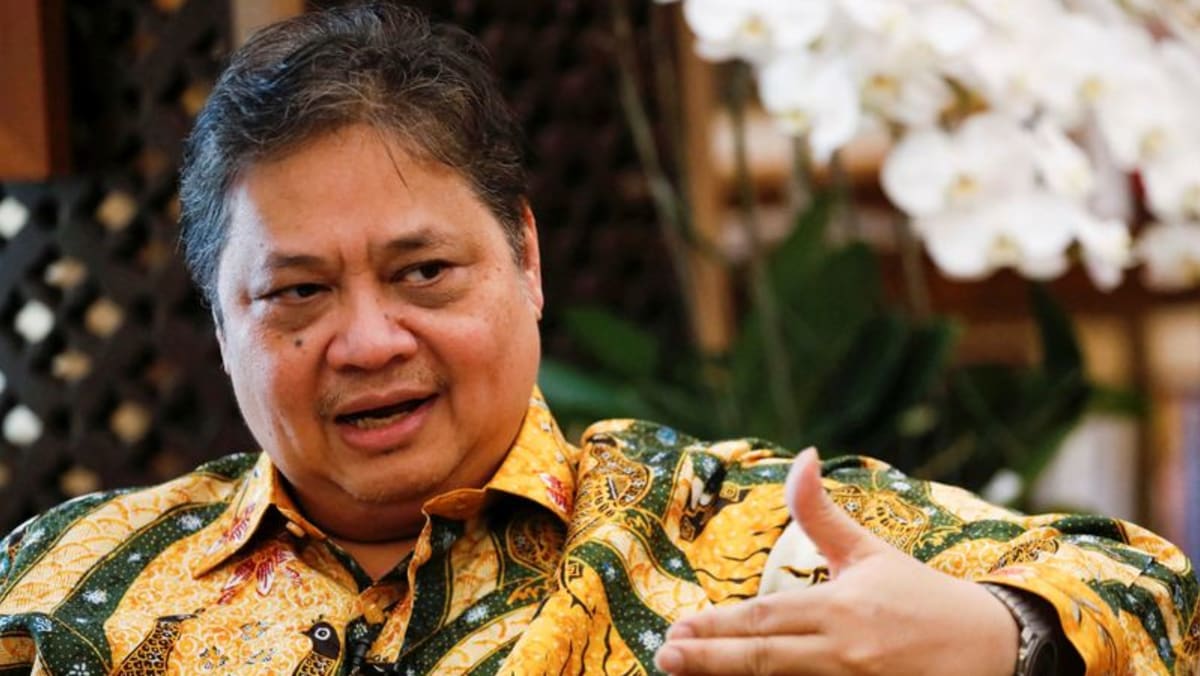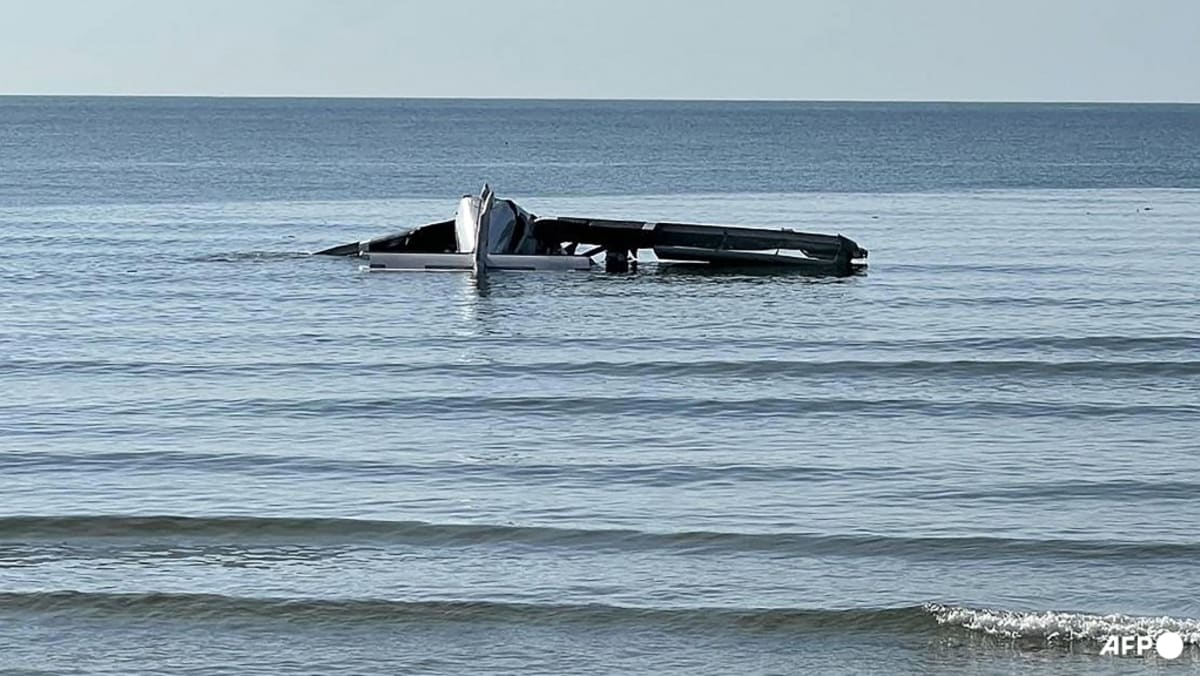Planting rice is getting fun again in Indonesia, as ‘rice connoisseurs’ rescue near-extinct varieties
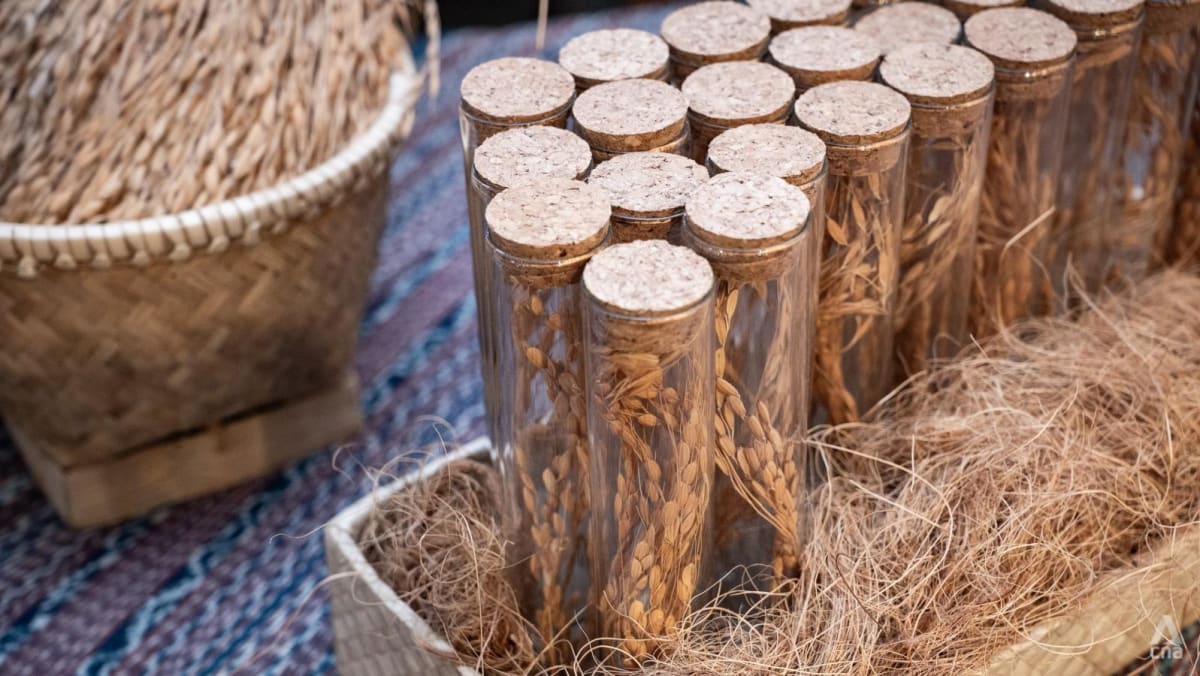
Mr Pattiradjawane said he has been trying to educate others about these local varieties.
“The only thing I’m able to do is educate others. If a friend comes to my house I will serve them my menthik wangi and it becomes this dinner conversation in the hopes that they will be interested in it too. I’m hoping for this domino effect. Later on they will transfer that knowledge to their friends.”
The same goes with young and aspiring chefs he meets and mentors along the way.
“As chefs, it is our job to reintroduce people to our culinary heritage, our diverse ingredients,” he said.
A SHIFT IN ATTITUDE
Efforts to educate Indonesians about these forgotten rice varieties are starting to bear fruit.
Mdm Hilman said up until 2018, 80 per cent of her sales came from the international market but today that figure has shrunk to 35 per cent while the rest are sold locally.
“In the last five years, more and more Indonesians are becoming more aware of what they eat. They want to know what they are eating, where it is from and how it is grown,” she added.
The COVID-19 pandemic also made an impact towards this trend, inspiring people to make healthier choices in food.
“We are not only preserving local varieties but also the traditional farming techniques and knowledge,” she said, adding that for centuries these rice varieties thrive without the need for fertilisers and pesticides.
30 year-old Wahyuning Anggrias told CNA that she came across Javara as she was searching for low sugar rice for her diabetic mother.
“I bought the red rice andel abang and then I found out about the history of that rice and how it first became popular in Java in the 14th Century and so on. Then I bought another type of rice and learned the story behind that too,” Ms Anggrias said.
“Now I only cook these heritage rice (varieties) at home. Not just because they are healthy but the history behind them too.”
Source: CNA


